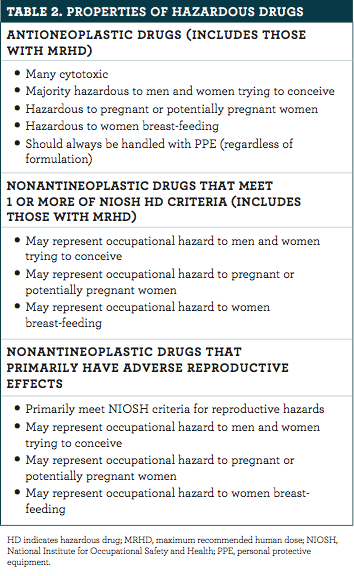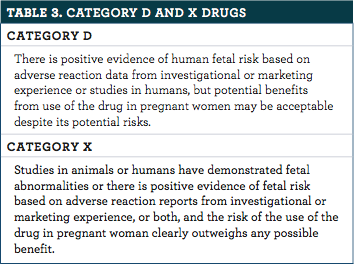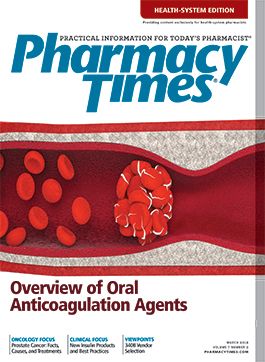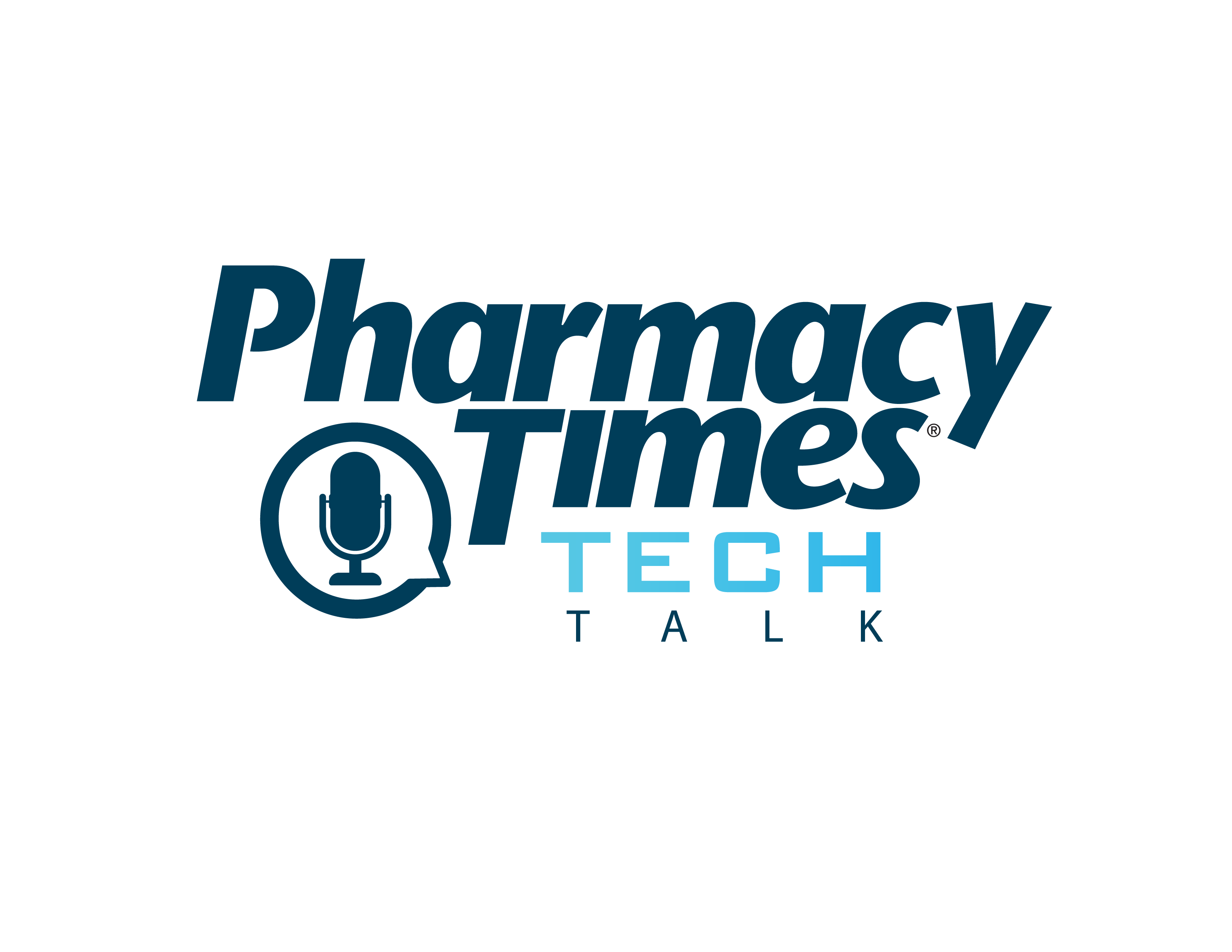Publication
Article
Pharmacy Practice in Focus: Health Systems
Key Points From the 2016 NIOSH List of Antineoplastic and Hazardous Drugs in Health Care Settings
Author(s):
In response to the numerous concerns regarding antineoplastic drugs and other medications that may threaten the health of patients and health care workers, the National Institute for Occupational Safety and Health (NIOSH) developed a list, updated biennially, of hazardous drugs.
In response to the numerous concerns regarding antineoplastic drugs and other medications that may threaten the health of patients and health care workers, the National Institute for Occupational Safety and Health (NIOSH) developed a list, updated biennially, of hazardous drugs. Cancer chemotherapy, antivirals, and hormone therapies are only some of drugs listed in the 2016 NIOSH list.1
NIOSH classifies hazardous drugs as those that exhibit any of the following 6 characteristics in humans or animals:
- Carcinogenicity
- Teratogenicity/other developmental toxicity
- Reproductive toxicity
- Organ toxicity at low doses
- Genotoxicity
- Structure and toxicity profiles of new drugs that mimic existing drugs previously determined hazardous
A key takeaway is that because NIOSH classifies hazardous drugs based on the 1990 definition provided by the American Society of Hospital Pharmacists (ASHP, now known as the American Society of Health-System Pharmacists), the institute may not accurately classify newer pharmaceuticals, such as bioengineered drugs that are target specific. Moreover, NIOSH has not attempted to perform risk assessments on each drug or determine exposure limits.1
NIOSH CLASSIFICATION OF HAZARDOUS DRUGS
NIOSH groups hazardous drugs into 3 categories (table 1) that are primarily focused on classifying the potential for reproductive and developmental toxicity, based on the needed dose to produce toxicity in animals and/or whether adverse effects are observed in animals at or near the maximum recommended human dose.1

Three tables in the 2016 list outline the haz- ardous drugs and their properties, compiled from the updated 2014 NIOSH list of hazardous drugs and the 2016 update, which included 34 new drugs (table 2). There were no deletions from the 2014 list.1

The NIOSH tables include a Supplemental Information column, which describes potential black box warnings and/or the FDA pregnancy category. Although the FDA removed the pregnancy letter categories for prescription labeling in 2015, the 2016 NIOSH list continues to use that lettering system.1 Most of the drugs categorized as X and D meet the ASHP criteria for hazardous drugs and are recorded in the 2016 NIOSH list.1
The FDA definitions of the 2 most prevalent categories are given in table 3.2

TIPS FOR CREATING YOUR OWN LIST
NIOSH recommends that in addition to using the information provided in the 2016 list of Antineoplastic and Other Hazardous Drugs in Healthcare Settings, organizations create their own list based on their formulary.1 The third section of the NIOSH alert provides detailed information on how to create a hazardous drug list.1
Health care personnel must be aware of the risk of altering formulations. Coated tablets or capsules that are administered without modification may not pose a hazard, but if they are crushed or placed in an automated counting machine, the dust that results may pose a risk via inhalation or skin contact.1
Overall, approximately 8 million US health care workers are potentially subjected to the risks of hazardous drugs; moreover, the use of antineoplastic agents and drugs is increasing quickly. It is imperative that organizations identify the hazardous drugs on their formulary, as well as implement procedures and policies that protect their patients and workers.3
Marina Reed is a PharmD candidate at the University of Wisconsin—Madison School of Pharmacy.
References
1. The National Institute for Occupational Safety and Health. NIOSH list of antineoplastic and other hazardous drugs in healthcare settings, 2016. Centers for Disease Control and Prevention website. cdc.gov/niosh/docket/review/ docket233a/pdfs/2016-161finalpublication.pdf. Published September 2016. Accessed June 22, 2017.
2. Content and format of labeling for human prescription drug and biological products; requirements for pregnancy and lactation labeling. Fed Regist. 2008;73(104):30831-30868. To be codified at 21 CFR §201.
3. The National Institute for Occupational Safety and Health. Hazardous drug exposures in health care. Centers for Disease Control and Prevention website. cdc.gov/niosh/topics/hazdrug/default.html. Updated August 25, 2017. Accessed July 6, 2017.







